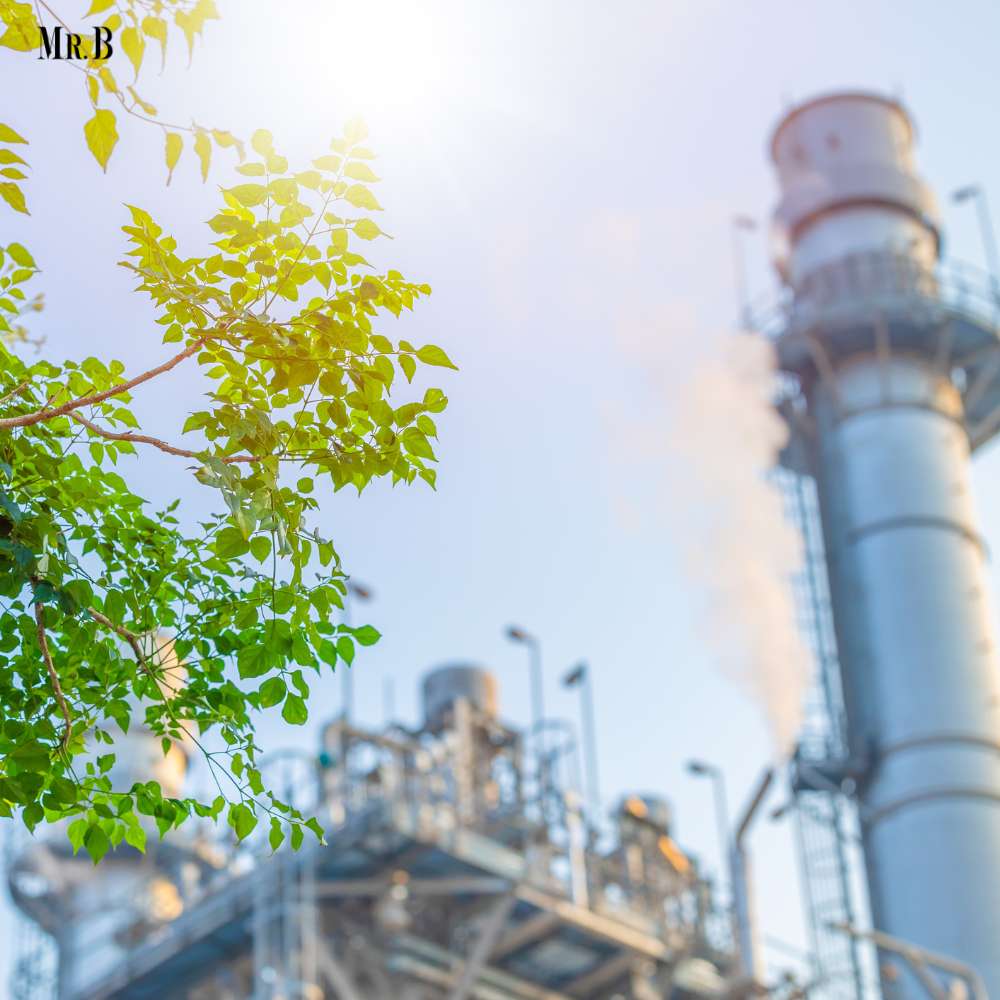Sustainable Manufacturing: 10 Strategies for a Greener Future
- Category: Manufacturing

In an era defined by environmental consciousness and the pressing need to combat climate change, the manufacturing industry finds itself at a crossroads. Traditional manufacturing practices have often prioritized efficiency and profit over environmental concerns, leading to significant negative impacts on the planet. However, there is a growing recognition that sustainable manufacturing practices are not just an ethical choice but a necessity for the survival of our planet.
In this article, we will explore how to improve sustainability in manufacturing, highlighting key strategies and technologies that can usher in a greener, more sustainable future.
Understanding the Challenges
Before delving into solutions, it’s essential to understand the challenges facing the manufacturing sector in terms of sustainability:
1. Resource Depletion: Manufacturing relies heavily on finite resources, such as minerals and fossil fuels. Unsustainable extraction and usage of these resources lead to depletion and environmental degradation.
2. Energy Consumption: Manufacturing processes are energy-intensive, often relying on non-renewable sources like coal and natural gas. High energy consumption contributes to greenhouse gas emissions.
3. Waste Generation: Manufacturing generates substantial waste, including hazardous materials and non-recyclable products, which can harm ecosystems and human health.
4. Supply Chain Complexity: Many manufacturers have complex global supply chains, making it challenging to track and manage the environmental impact of materials and products.
5. Regulatory Compliance: Increasingly stringent environmental regulations and consumer demands for eco-friendly products require manufacturers to adapt or face legal and market risks.
10 Key Strategies for Sustainable Manufacturing

1. Resource Efficiency
One of the fundamental principles of sustainable manufacturing is resource efficiency. This involves using resources more judiciously and reducing waste. Here are some strategies to achieve this:
a. Lean Manufacturing: Lean principles focus on minimizing waste, whether it’s in the form of excess materials, energy, or time. By implementing lean practices, manufacturers can reduce resource consumption and increase efficiency.
b. Circular Economy: Embracing the concept of a circular economy involves designing products for longevity, reuse, and recycling. It encourages the recovery and reuse of materials, reducing the need for virgin resources.
2. Renewable Energy
Transitioning to renewable energy sources is a significant step towards sustainable manufacturing. Here’s how manufacturers can make this shift:
a. Solar and Wind Power: Installing solar panels and wind turbines in manufacturing facilities can generate clean, renewable energy while reducing reliance on fossil fuels.
b. Energy-Efficient Equipment: Upgrading to energy-efficient machinery and adopting smart manufacturing technologies can minimize energy consumption.
3. Sustainable Materials
The choice of materials plays a crucial role in sustainable manufacturing:
a. Eco-friendly Materials: Manufacturers should prioritize the use of sustainable and non-toxic materials, such as recycled plastics, biodegradable materials, and responsibly sourced wood.
b. Material Optimization: Using advanced materials and processes that require fewer resources, such as 3D printing and nanotechnology, can significantly reduce waste.
4. Supply Chain Transparency
To improve sustainability in manufacturing, supply chain transparency is essential:
a. Ethical Sourcing: Manufacturers should source materials from suppliers with responsible and ethical practices, ensuring that environmental and labor standards are met.
b. Blockchain Technology: Implementing blockchain can enhance supply chain transparency by providing a secure, immutable record of the product’s journey from raw materials to finished goods.

5. Waste Reduction
Minimizing waste is a key aspect of sustainable manufacturing:
a. Zero-Waste Manufacturing: Manufacturers can adopt zero-waste goals by implementing processes that maximize the utilization of materials and minimize waste generation.
b. Recycling and Reuse: Setting up recycling programs within the manufacturing facility and encouraging customers to return products for refurbishing and resale can significantly reduce waste.
6. Environmental Certification
Obtaining environmental certifications, such as ISO 14001, can demonstrate a manufacturer’s commitment to sustainability and compliance with environmental regulations.
7. Eco-Friendly Packaging
Reducing the environmental impact of packaging is crucial:
a. Sustainable Packaging Materials: Manufacturers should opt for eco-friendly packaging materials, such as bioplastics, recycled cardboard, and minimalistic designs that reduce excess packaging.
b. Minimalistic Packaging: Reduce the size and complexity of packaging to decrease waste and transportation costs.

8. Employee Engagement
Sustainable manufacturing is a collective effort that involves the entire workforce:
a. Employee Training: Providing training on sustainable practices and involving employees in decision-making processes can lead to innovative sustainability solutions.
9. Lifecycle Assessment
Performing a thorough lifecycle assessment of products can help identify areas for improvement in terms of sustainability:
a. Environmental Impact Assessment: Manufacturers can assess the environmental impact of their products from cradle to grave, considering factors like raw material extraction, production, transportation, and disposal.
10. Regulatory Compliance and Advocacy
Staying informed about environmental regulations and actively advocating for sustainable policies can help manufacturers navigate the evolving landscape of sustainability.
Technological Advancements in Sustainable Manufacturing
Here are the 6 Technological advancements that are playing a pivotal role in improving sustainability in manufacturing:
1. Internet of Things (IoT): IoT sensors can monitor equipment and energy usage, optimizing operations for efficiency and sustainability.
2. Artificial Intelligence (AI): AI-driven predictive maintenance can help reduce downtime and energy consumption by identifying potential equipment failures before they occur.
3. Additive Manufacturing: 3D printing technology minimizes material waste and allows for on-demand production, reducing the need for extensive warehousing.
4. Green Chemistry: The development of eco-friendly materials and processes is advancing rapidly, enabling manufacturers to replace harmful chemicals with sustainable alternatives.
5. Automation: Robotic automation can increase precision in manufacturing processes, reducing defects and resource waste.
6. Renewable Energy Integration: Manufacturers can invest in renewable energy solutions like microgrids to power their operations sustainably.
Conclusion
Sustainable manufacturing is no longer an option but a necessity for a planet facing environmental crises. By embracing resource efficiency, renewable energy, sustainable materials, supply chain transparency, waste reduction, and innovative technologies, manufacturers can lead the way toward a greener and more sustainable future.
Now, it’s time for the manufacturing industry to transition from a legacy of environmental harm to a legacy of responsible stewardship of our planet’s resources. In doing so, they can not only reduce their environmental footprint but also thrive in an increasingly eco-conscious market.







